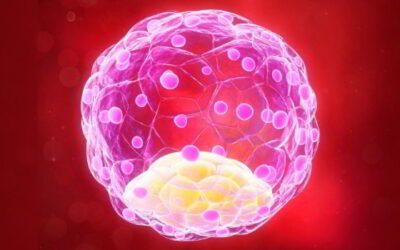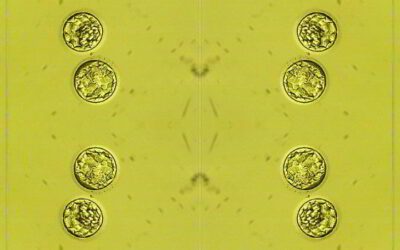Blastocyst transfer has become the most popular technique in IVF treatment. The cost of the procedure is mostly included in the IVF treatment cost as well.
List of factors that limits the number of embryos to survive in the Blastocyst transfers stage
First, the inborn health of the embryo informs about its potentiality to grow and divide. Some eggs may start to fertilize, but only a few can reach the four-cell stage on the second day in culture. Some still reach the eight-cell stage on the third day in culture, and even lesser develops into a blastocyst. In simple terms, only the healthier embryos can survive.
The second factor that limits the growth of embryos in culture had been the culture media. Researchers have recognized the shortcomings of the in vitro culture environment and have developed new culture solutions- the blastocyst media. These are rich in life-supporting nutrients that give the embryos all possible chances to grow inherently.
You can read here complete blog on ‘Why do blastocyst not implant?‘
As a result, from egg collection onwards, embryos get exposed to specific media that are made to meet the nutritional requirements of each stage of growth.
Thirdly, even the embryos with the potentiality of good growth and better culture media need other factors too. Some of them are the knowledge, and skill of the laboratory embryologists handling this important work is crucial to pulling off good blastocyst development. Hence, it is necessary to choose the best laboratory that has obtained maximum opportunities for patients in their IVF cycles to help build a family.
20+ Years Of Experience as Fertility Specialists
20 Years Of Experience as a Fertility Specialists
National Fertility Awards 2023
Call Us
+919990044555
Book An Appointment
Follow Us On
Advantages of Blastocyst Transfer
Involving embryo culture in IVF allows the identification of those embryos with the highest development efficiency. It also helps in maintaining embryonic age at the same time with endometrium to make the possibility of early communication between the two. This technique requires more than a single medium to assist the metabolic needs of the growing embryo.
Other benefits are–
1. Blastocyst transfer is more physiological as the human embryo undergoes various transformations. This is during the first 4 days of life as it grows and separates from a fertilized oocyte to the Blastocyst stage. It shows changes in its nutrient requirements and utilization that supports the formation of stage-specific culture media. It helps in the improvement of the embryo throughout the preimplantation period.
2. In Blastocyst transfer, the implantation rate is higher as the embryos get a longer time to develop in the laboratory. This makes it easier for the embryologist to choose the embryo that is more suitable to implant in the womb. As per the research, the success rate of blastocyst transfer according to the clinical pregnancy rate is 43.4% per blastocyst transfer.
3. In the blastocyst transfer, few embryos are transferred to the uterus. This reduces the chances of multiple pregnancies and further increases the success rate. Hence, only one or two embryos are transferred in the uterus. In 25% of such cases, when two embryos are transferred, it results in multiple pregnancies as both the embryos start to develop.
4. It is easier to carry on the Preimplantation Genetic Diagnosis (PGD) on a blastocyst as more cells can be used for production and testing. The PGD tests help to eliminate the faulty embryos and make sure that a good embryo without any genetic defects is transferred during the IVF procedure.
FURTHER READING
For whom the Blastocyst Transfer is recommended?
- Couples who have continuously failed to become fertilized following the transfer of good quality cleaved embryos (if the embryos are implanted and do not respond to a blastocyst, it may indicate potential egg problem).
- Ones who wish to get pregnant without the risk of multiple pregnancies.
- Couples who do not wish to have their spare embryos frozen.
Share this with
Related Blogs
Why do blastocyst not implant?
Comprehensive Fertility Treatments | Gynaecology Procedures | Menopause Management | Pregnancy Care | Maternity & Birthing Call +91-9990044555The reasons for unsuccessful implantation are very uncommon and rare as well. Blastocyst provides a greater chance of...
What happens after blastocyst transfer?
Before jumping to the immediate question first let’s have a small brief of what is blastocyst transfer. Blastocyst transfer is the transfer of embryos that have achieved a higher stage of development. This transfer usually takes place after follicular aspiration. This...
Follow Us On
About Author





